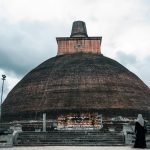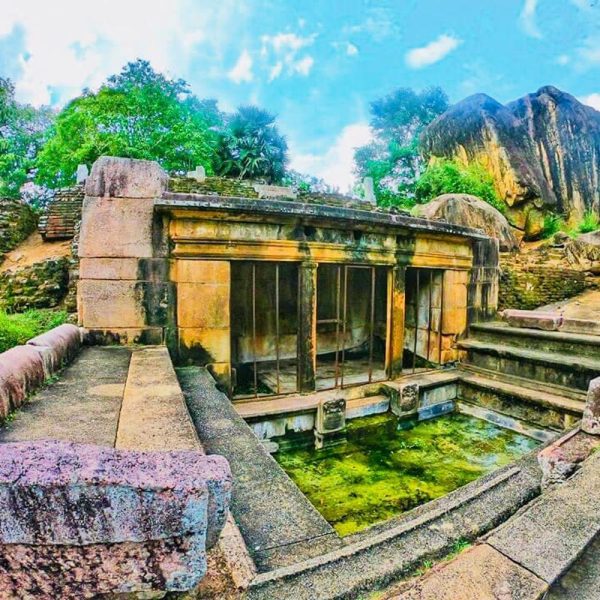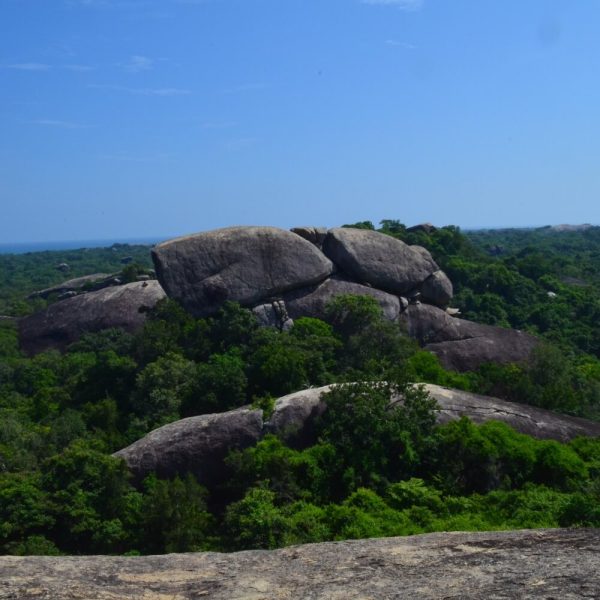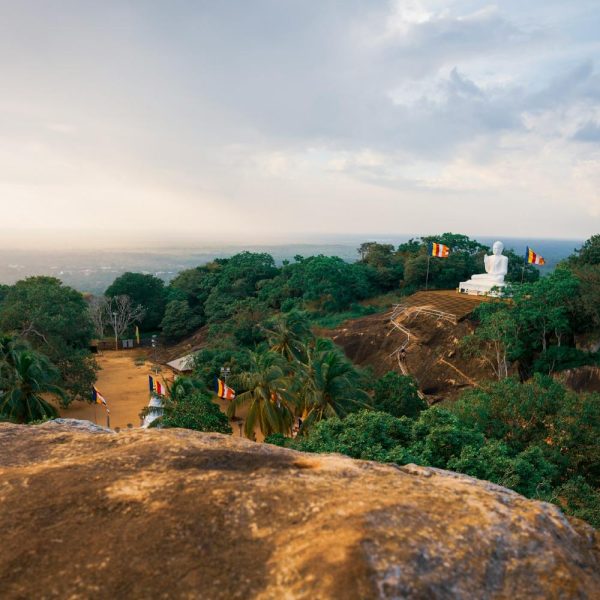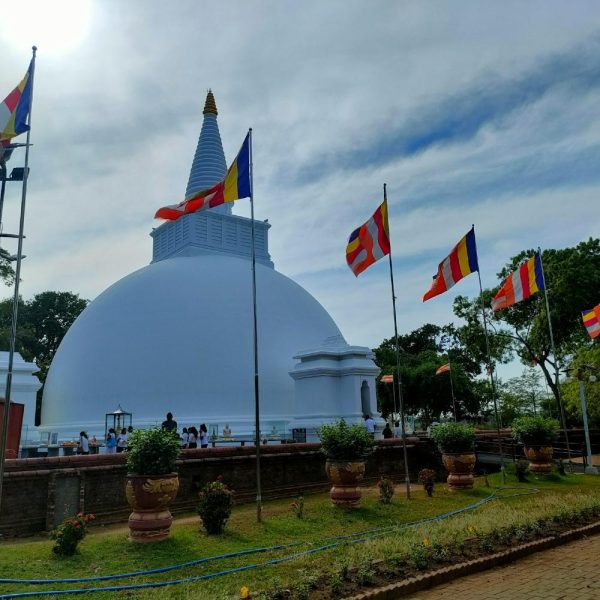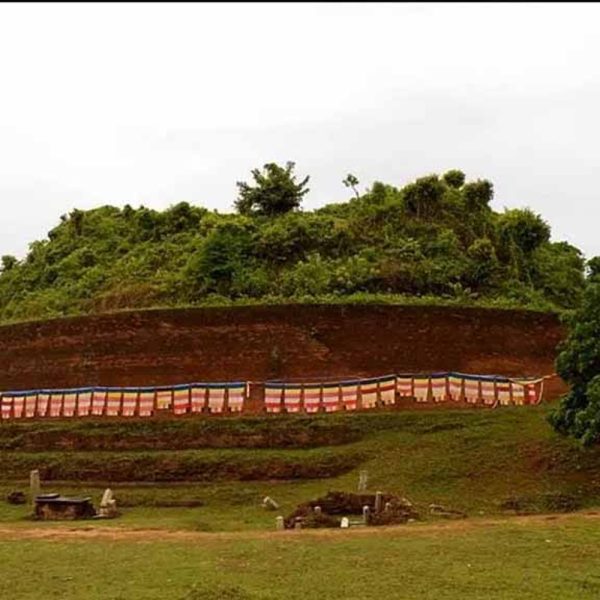Description
Jetavanaramaya is a prominent and historic stupa located in the ancient city of Anuradhapura, Sri Lanka. It is one of the largest stupas in the world and holds great significance in the country’s Buddhist heritage.
Key features and points of interest at Jetavanaramaya include:
- Size and Dimensions: Jetavanaramaya is renowned for its colossal size. It stands at a height of approximately 122 meters (400 feet), making it the tallest stupa in Sri Lanka. The stupa’s base has a diameter of around 93 meters (305 feet).
- Construction: The stupa was constructed by King Mahasena during the 3rd century BCE. It is said to have taken several decades to complete, with the construction process involving the use of millions of bricks.
- Architectural Style: Jetavanaramaya is an example of the traditional bell-shaped stupa architecture, commonly found in Buddhist monuments in Sri Lanka. The stupa is made primarily of bricks and features decorative elements such as terracotta tiles and carvings.
- Religious Significance: The stupa is believed to enshrine a part of the sash (belt) worn by the Buddha. It is considered one of the Solosmasthana, the sixteen sacred places associated with events in the life of Buddha.
- Monastic Complex: The Jetavanaramaya complex includes various monastic structures, including the ruins of monastic cells, image houses, and other architectural features. The site provides insights into the organization of ancient Buddhist monastic establishments.
- Guard Stones: The entrance to the stupa features guard stones with elaborate carvings, including figures of dwarfs and animals. Guard stones are common in Sri Lankan architecture and serve as protective symbols.
- Vatadage: A circular relic house, known as a vatadage, was once located around Jetavanaramaya. While the vatadage is now in ruins, its remnants indicate its former grandeur and architectural significance.
- Archaeological Excavations: Archaeological excavations around Jetavanaramaya have unearthed artifacts and evidence of the ancient civilization in Anuradhapura.














